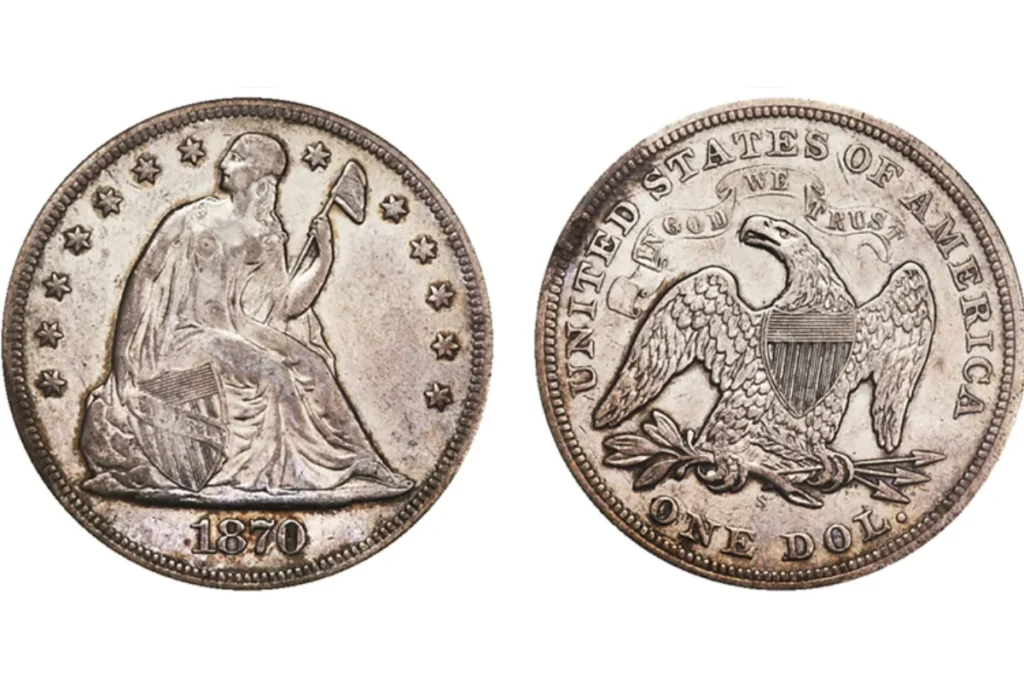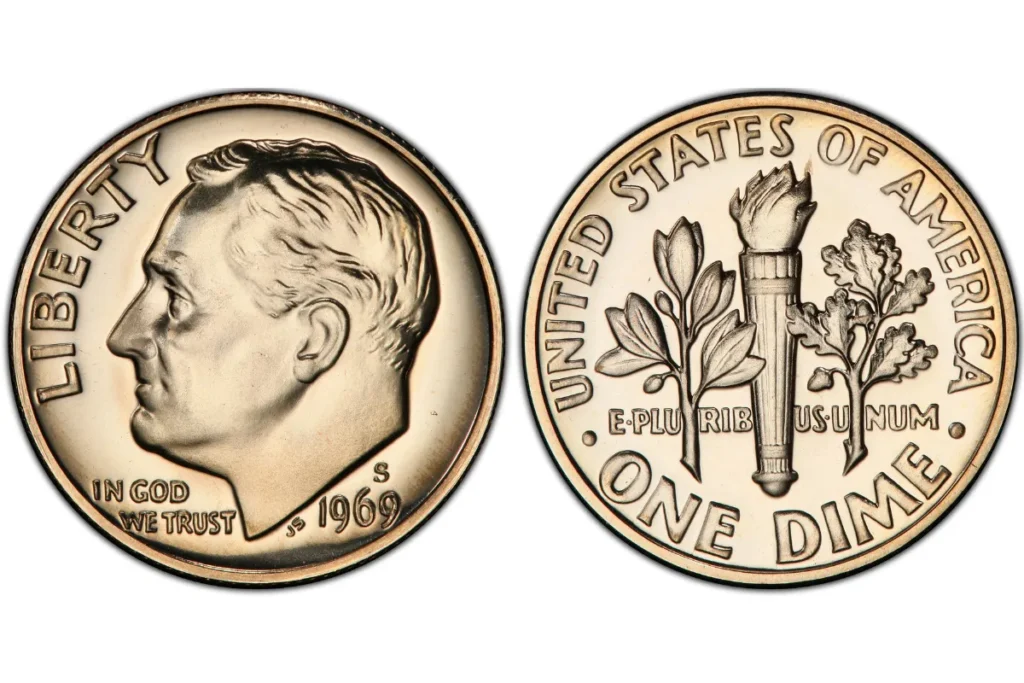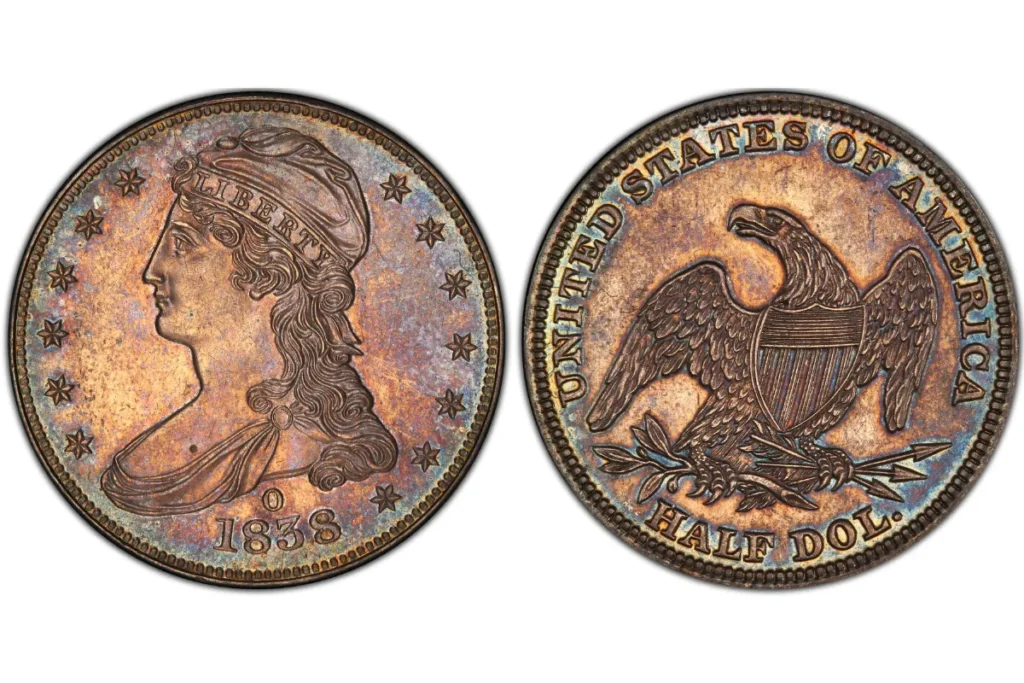The Bicentennial Quarter, minted in 1975 and 1976, serves as a commemoration of America’s 200th anniversary of independence.
These quarters possess not only historical significance but also concealed features often overlooked by collectors.
Here, we unveil six clandestine attributes of these rare coins that can profoundly enrich your collection.
Dual-Date Distinction

Distinguishing itself from standard quarters, the Bicentennial Quarter proudly showcases a dual-date feature, displaying both 1776 and 1976.
Beyond mere design, this unique characteristic symbolizes the profound historical import of these coins, setting them apart in any collection and marking a pivotal epoch in American history.
Iconic Drummer Boy Design

Adorning the reverse side, the colonial Drummer Boy design, crafted by Jack L. Ahr, emerged victorious from a national competition, embodying American creativity and patriotism.
Beyond its aesthetic allure, this design epitomizes the spirit of independence.
Mint Mark Variations

The significance of mint marks on Bicentennial Quarters often eludes collectors.
Minted in Philadelphia (absence of mark), Denver (D), and San Francisco (S), each variant boasts slight discrepancies, rendering some more scarce and valuable, particularly those bearing the elusive ‘S’ mark.
Silver Clad Rarity

While most Bicentennial Quarters consist of copper-nickel clad, coveted silver-clad variants exist in limited numbers, highly sought after by collectors for their rarity and uniqueness.
Exclusive Proof Sets

Special proof sets of Bicentennial Quarters, characterized by superior quality and finish, offer coins with sharper details and mirror-like backgrounds, elevating their desirability among collectors.
Error Coin Oversights

Though rare, error coins within the Bicentennial series, such as double strikes or misalignments, hold significant value due to their uniqueness.
Detecting these anomalies can greatly enhance the distinctiveness of a collection.
Tonal Variations Over Time

Over the years, some Bicentennial Quarters develop distinctive coloration or toning, ranging from light gold to deep blue.
This natural progression, influenced by storage conditions, adds an appealing aesthetic dimension to the coin.
Conclusion
The Bicentennial Quarter transcends mere currency; it embodies a rich tapestry of history, harboring hidden treasures awaiting discovery.
By unraveling these clandestine features, collectors can augment the value and historical resonance of their collections.
Whether a seasoned enthusiast or a novice, understanding the nuances of Bicentennial Quarters can revolutionize one’s approach to coin collecting.

